The art world is undergoing a quiet revolution, one that merges creativity with blockchain technology in ways previously unimaginable. At the heart of this transformation lies the concept of artist token economies—a system where fans don't just admire an artist's work but become stakeholders in their creative journey. This shift is redefining patronage, offering a decentralized alternative to traditional funding models while fostering deeper connections between creators and their audiences.
Tokenization has emerged as a powerful tool for artists seeking financial independence. By issuing digital tokens tied to their work or career, musicians, painters, writers, and other creatives can bypass gatekeepers and establish direct relationships with their supporters. These tokens often represent various forms of value—from access to exclusive content to actual equity in future earnings. The model turns passive admirers into active participants who share both the risks and rewards of artistic production.
The mechanics are simple yet profound. An artist creates a limited supply of tokens, each carrying specific utilities or privileges. Early adopters might purchase these tokens at lower prices, effectively betting on the artist's future success. As the creator gains recognition, token values can appreciate, creating financial incentives for early supporters. This alignment of interests transforms the traditional fan-artist dynamic into something resembling a creative partnership.
What makes this system particularly compelling is its democratic nature. Unlike traditional art investment reserved for wealthy collectors, tokenized economies often have low entry barriers. A college student might invest $20 in an emerging musician's tokens, while a gallery owner commits $2,000—both becoming proportional stakeholders in that artist's career. This micro-patronage model could potentially diversify artistic output by valuing niche appeal over mass-market potential.
The implications extend beyond financing. Token holders frequently gain voting rights on creative decisions—should the painter explore abstract styles? Which cities should the band tour next? Such community governance introduces fascinating tensions between artistic integrity and audience expectations. Some creators establish smart contracts that automatically distribute royalties to token holders when works are resold or licensed, creating perpetual revenue streams for both artists and their supporters.
Critics argue that commodifying artistic relationships risks reducing art to pure speculation. They warn of bubbles forming around trendy creators, with token prices detaching from artistic merit. Others counter that the transparency of blockchain transactions actually makes these systems less prone to manipulation than traditional art markets. The truth likely lies somewhere between—token economies won't replace all existing models but offer compelling alternatives for certain artists and communities.
Several platforms have emerged to facilitate these ecosystems, each with unique approaches. Some focus on music, allowing fans to invest in unreleased albums. Others specialize in visual arts, tokenizing physical paintings with digital certificates of authenticity. Literary tokens might represent shares in a book's royalties or voting rights on plot developments. The experimentation across mediums suggests this isn't a passing fad but an evolving paradigm.
The psychological impact on creators shouldn't be underestimated. Knowing that hundreds or thousands of people have financially invested in their work can be both empowering and terrifying. Some artists report feeling newly accountable to their communities, while others find liberation in diversified support that reduces reliance on any single patron or institution. The model seems particularly suited for mid-career artists with established fanbases but lacking institutional backing.
Legal frameworks are scrambling to keep pace with these developments. Regulatory bodies in various countries are debating whether artist tokens constitute securities, commodities, or an entirely new asset class. Some jurisdictions have created "sandboxes" allowing temporary experimentation, recognizing that premature regulation could stifle innovation in this promising intersection of art and technology.
The environmental concerns surrounding blockchain haven't disappeared, but many artist token platforms now utilize energy-efficient protocols. Some even dedicate portions of token sales to carbon offset initiatives, attempting to align technological progress with ecological responsibility. These adaptations suggest the industry is maturing beyond its initial growing pains.
Perhaps the most profound effect lies in how token economies could reshape artistic careers. Traditionally, creators face intense pressure to commercialize their work prematurely—to chase trends that attract deep-pocketed benefactors. A well-structured token system might allow artists to develop their voices more organically, supported by communities invested in their long-term vision rather than immediate returns.
The future likely holds hybrid models. We might see artists combining token sales with traditional gallery representation, or musicians using fan tokens to supplement (not replace) record deals. The most successful implementations will probably balance decentralization with curation, open participation with quality control. As with any disruptive technology, the extremes—pure decentralization or reactionary traditionalism—may prove less effective than thoughtful integration.
For audiences, the appeal is multifaceted. Beyond potential financial returns, token ownership offers visceral connections to the creative process. Imagine receiving a token-gated video of your favorite novelist drafting a chapter, or exclusive access to a painter's studio tour. These intimate experiences, impossible in traditional models, redefine what it means to support the arts.
The artist token economy ultimately represents more than a funding mechanism—it's a philosophical shift in how society values creativity. By enabling direct reciprocity between creators and communities, these systems hint at a future where art thrives not through institutional benevolence or corporate sponsorship, but through networks of mutual investment and shared belief in culture's intrinsic worth.

By /Jul 23, 2025
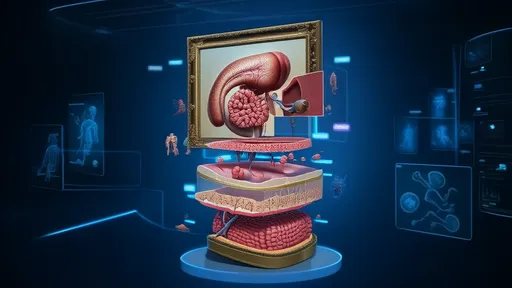
By /Jul 23, 2025
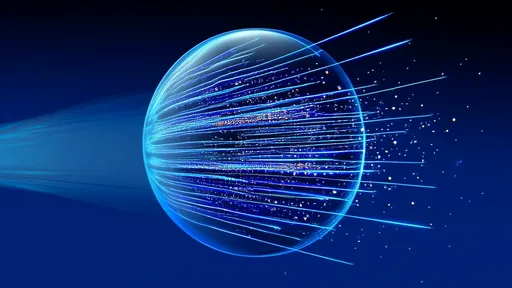
By /Jul 23, 2025
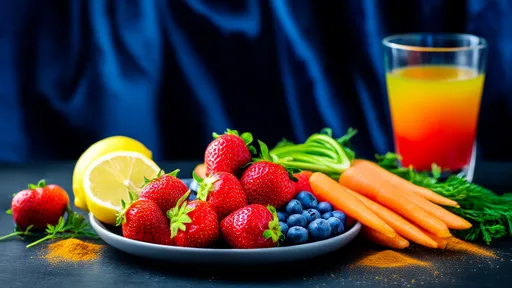
By /Jul 23, 2025
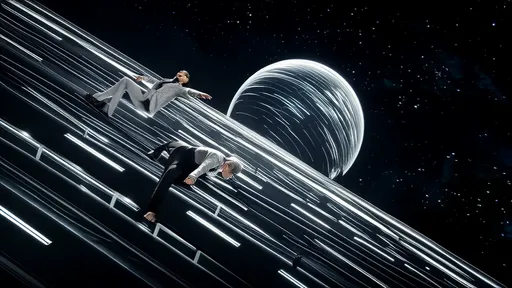
By /Jul 23, 2025
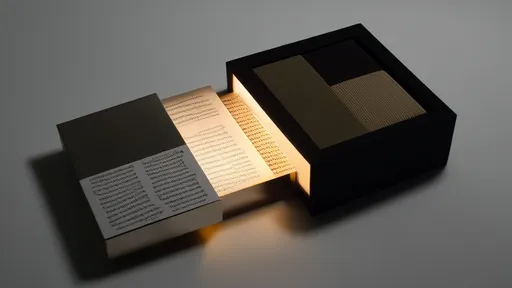
By /Jul 23, 2025

By /Jul 23, 2025
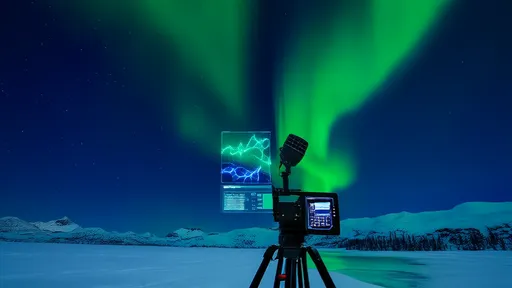
By /Jul 23, 2025

By /Jul 23, 2025
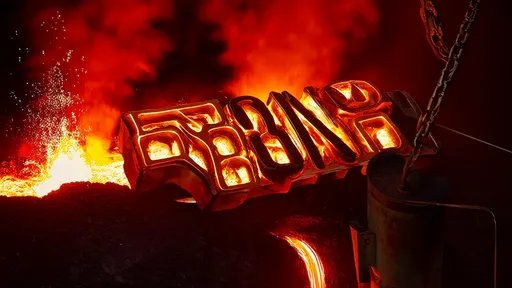
By /Jul 23, 2025
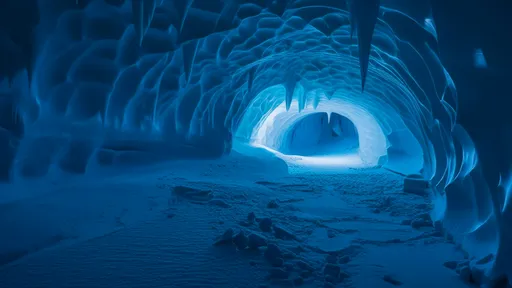
By /Jul 23, 2025
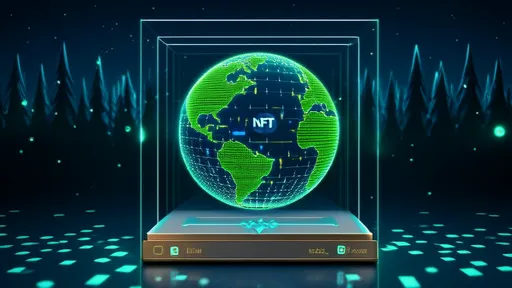
By /Jul 23, 2025
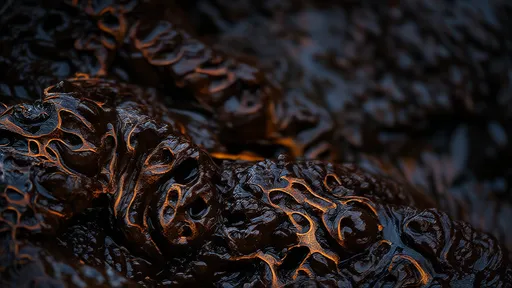
By /Jul 23, 2025

By /Jul 23, 2025
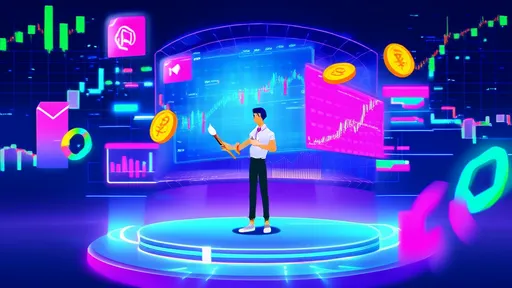
By /Jul 23, 2025
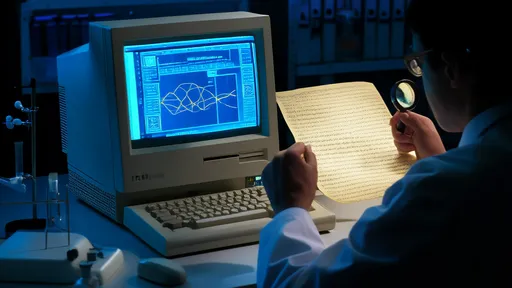
By /Jul 23, 2025
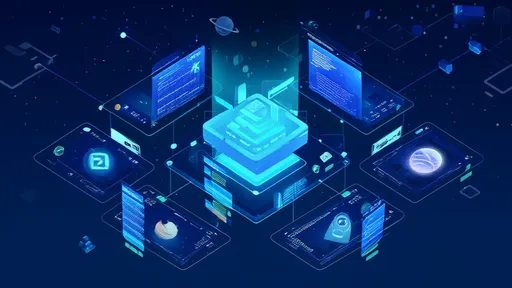
By /Jul 23, 2025
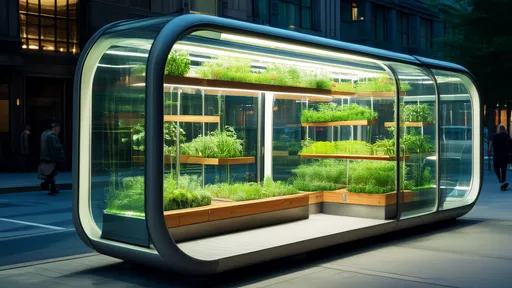
By /Jul 23, 2025